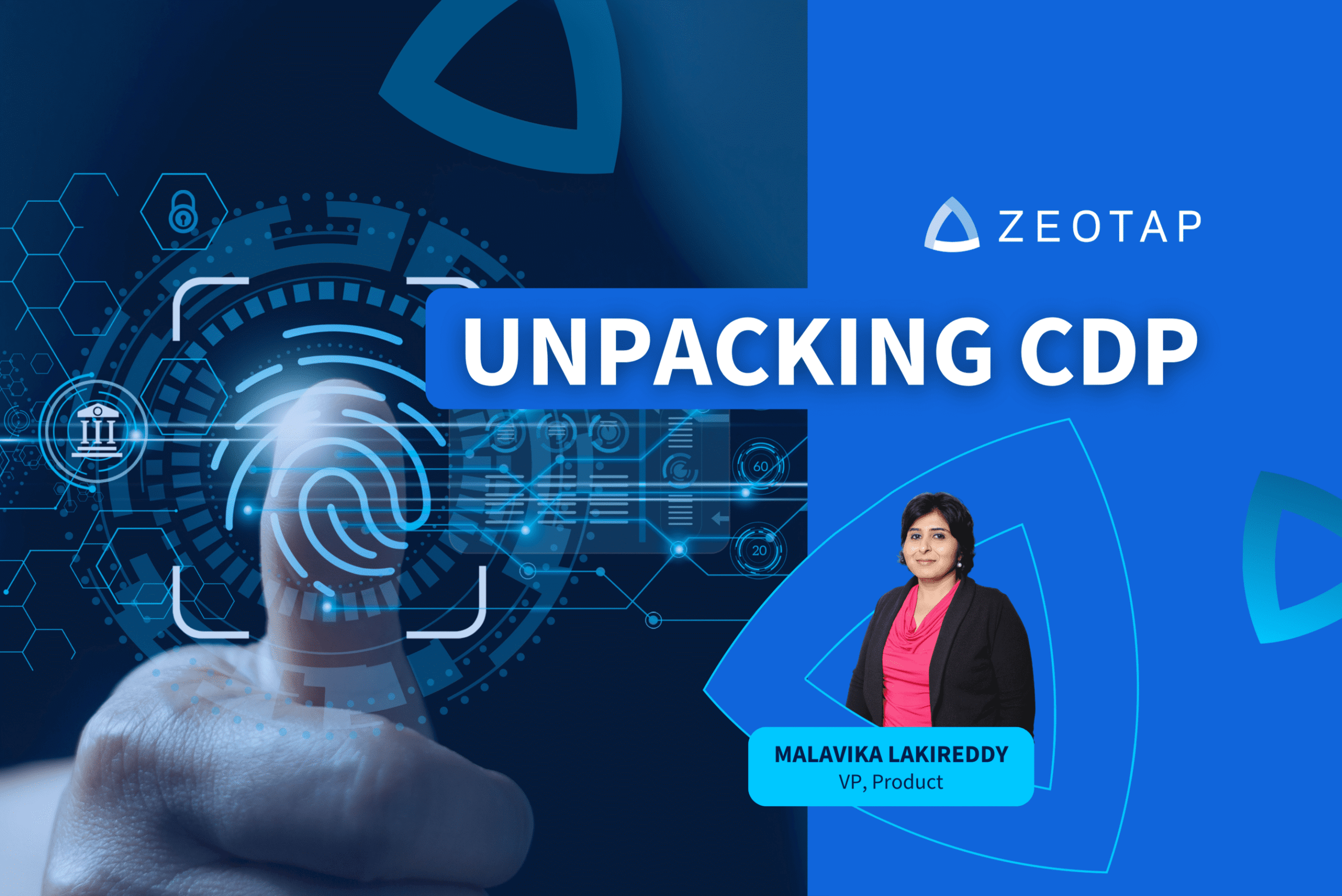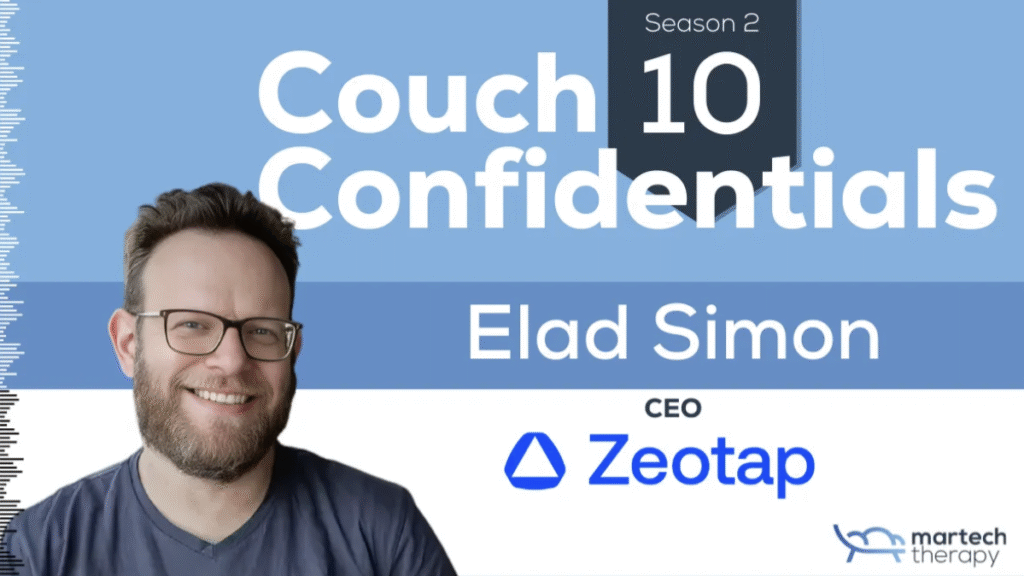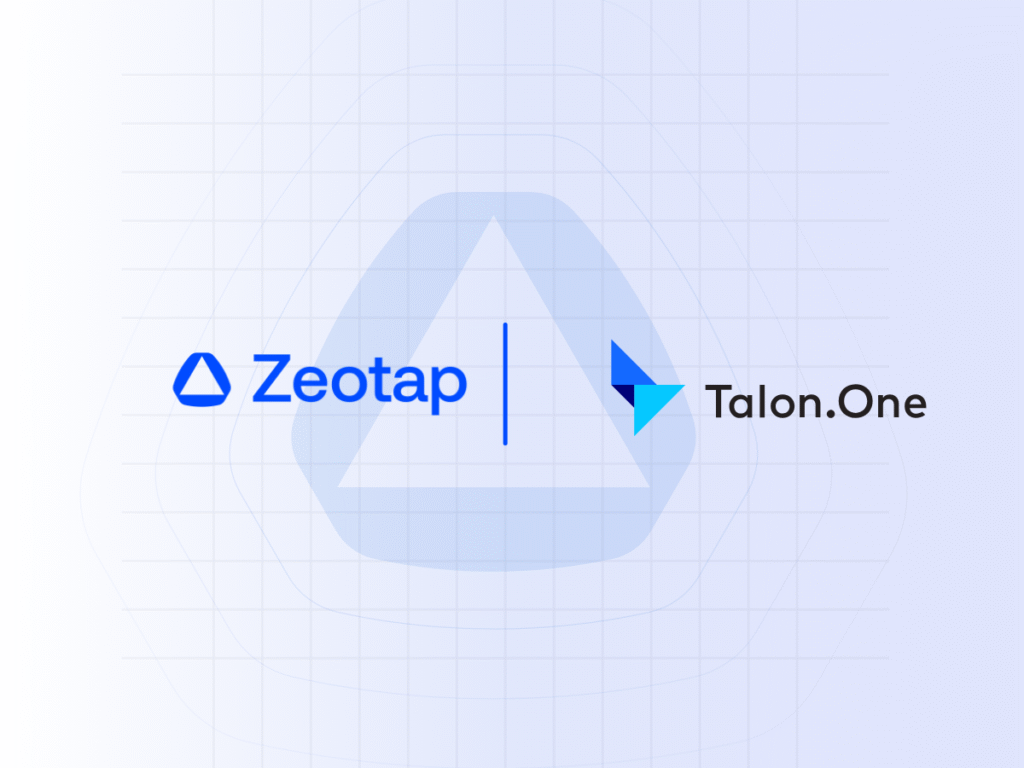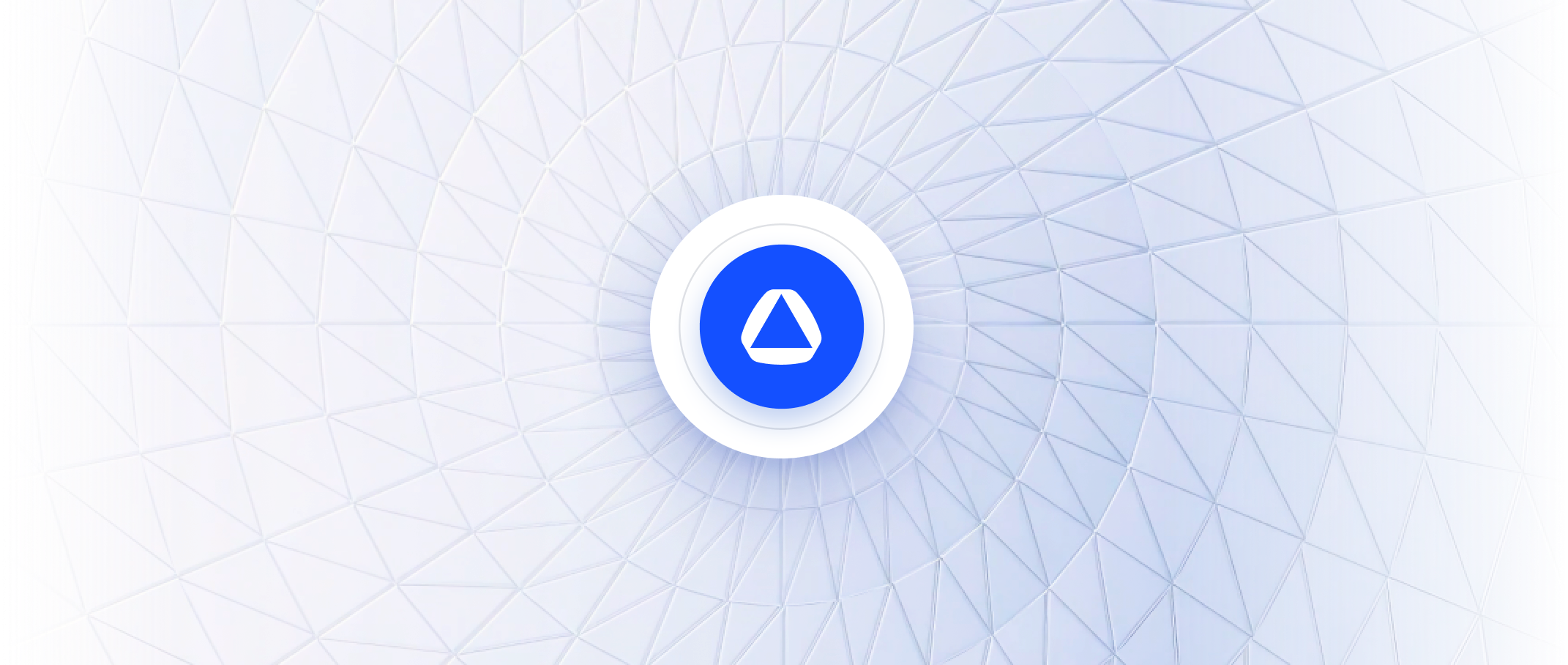
Data is the lifeblood of modern enterprises, and companies invest significantly in collecting, centralising, and organising customer data. While extract, transform, and load (ETL) processes and cloud data warehouses have simplified data management, the real value lies in effectively using the curated data. In this article, we’ll explore the key differences between Reverse ETL and Customer Data Platforms (CDPs) to understand which solution best meets enterprise needs.
The Power of Reverse ETL
Reverse ETL tools enable the distribution of cleaned data from a data warehouse to business applications, allowing companies to unlock value from their data. Traditionally, data warehouses were accessible only to IT or data analyst teams, but with the rise of Reverse ETL, businesses can bridge this gap. However, it’s important to note that implementing a Reverse ETL solution isn’t as simple as it seems. Setting up and synchronising data with other platforms can be challenging, requiring technical expertise and knowledge of SQL coding for complex segmentation. Additionally, data warehouses often collect customer interactions as batch ingestions, posing limitations for real-time data analysis. This is where a CDP can play a crucial role.
Leveraging the Benefits of a CDP
A Customer Data Platform (CDP) serves as a comprehensive data management framework that collects, unifies, and activates customer data from various sources. It offers a holistic approach to data management, enabling segmentation, personalisation, and omnichannel marketing. Let’s explore the advantages of using a CDP:
- Simplified Data Collection: CDPs provide easy methods for data collection, including native options like web/app SDKs, as well as integration with other products. They allow you to gather events from multiple touchpoints, CRM systems, service applications, data warehouses, and other sources. Additionally, CDPs facilitate 3P cookie syncing, expanding your reach in ad tech platforms. This relieves the burden on IT teams, who no longer need to implement complex data collection methods across their different customer touchpoints.
- Unification and Enrichment: CDPs offer powerful tools for unifying and enriching customer profiles. Zeotap’s CDP, for example, leverages patented technologies to create unified profiles for both known and unknown users, maintaining high-quality IDs. In contrast, data warehouses require custom logic for unifying data, often resulting in simplistic solutions at best and not supporting unknown to known usecases.
- Real-time Activation: CDPs ingest, process, and activate data in real-time, empowering personalisation and orchestration use cases. Reverse ETL processes often introduce considerable time lags, causing data to become stale by the time it reaches downstream systems.
- User-friendly Interface: CDPs like Zeotap provide an intuitive interface for audience segmentation, eliminating the need for marketers to have in-depth knowledge of the underlying data model. On the other hand, Reverse ETL tools like HighTouch and Census rely on SQL skills and extensive understanding of data models, creating dependencies on IT and data teams and restricting accessibility for marketers.
- Consent Orchestration: CDPs offer consent orchestration capabilities, ensuring that data activation occurs only with proper user consent across all channels. Reverse ETL tools require users to apply consent-specific field filters for each data push.
- Comprehensive Integration: Zeotap CDP provides out-of-the-box connectors to popular databases like Snowflake and BigQuery, as well as over 200 integrations. This enables not just “Reverse ETL,” but also the enrichment of customer profiles and supports real-time and batch activations of data.
Choosing the Right Solution
While Reverse ETL tools simplify data syncing, enterprise companies require a complete toolkit like a CDP to unlock the full potential of their customer data. With a CDP, siloed customer data scattered throughout the organisation is transformed into unified customer profiles, enabling the creation of actionable audience segments. Zeotap CDP stands out as an exemplary solution, offering an easy, secure, and impactful platform that empowers brands to leverage their customer data effectively. Zeotap CDP prioritises consumer privacy and compliance, ensuring that businesses can navigate the evolving regulatory landscape while driving results. The platform’s intuitive interface caters to marketers, allowing for a frictionless deployment and quick value impact. With Zeotap, gaining commercial success becomes easier than ever, as the platform streamlines complex data management processes and puts actionable insights within reach. By harnessing the power of Zeotap CDP, businesses can turn their customer data into a strategic asset, fuelling growth and delivering exceptional customer experiences with minimal effort.





